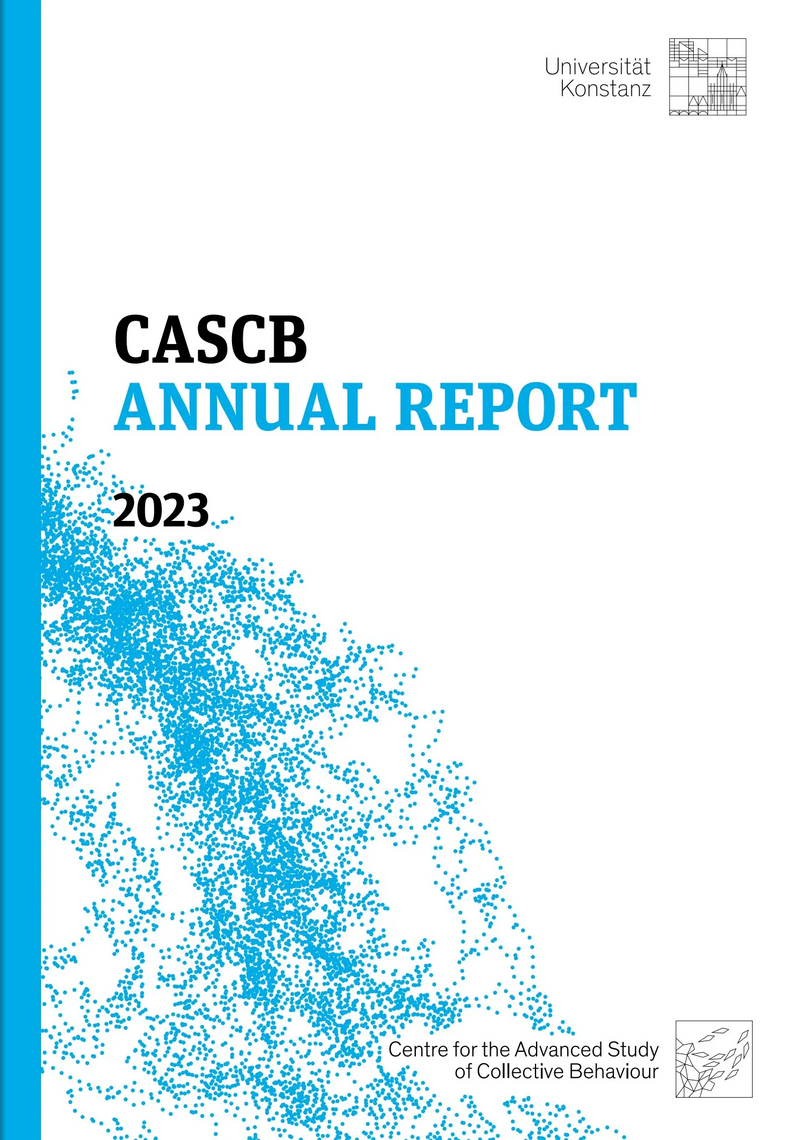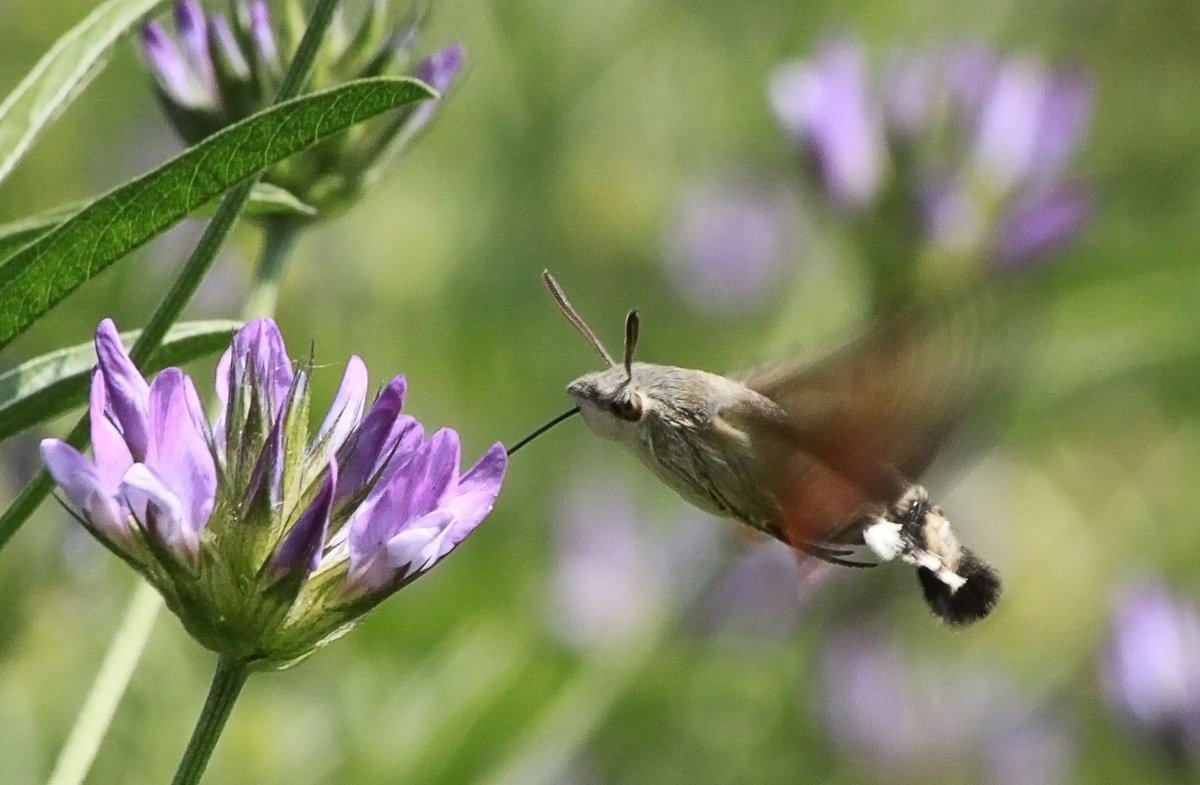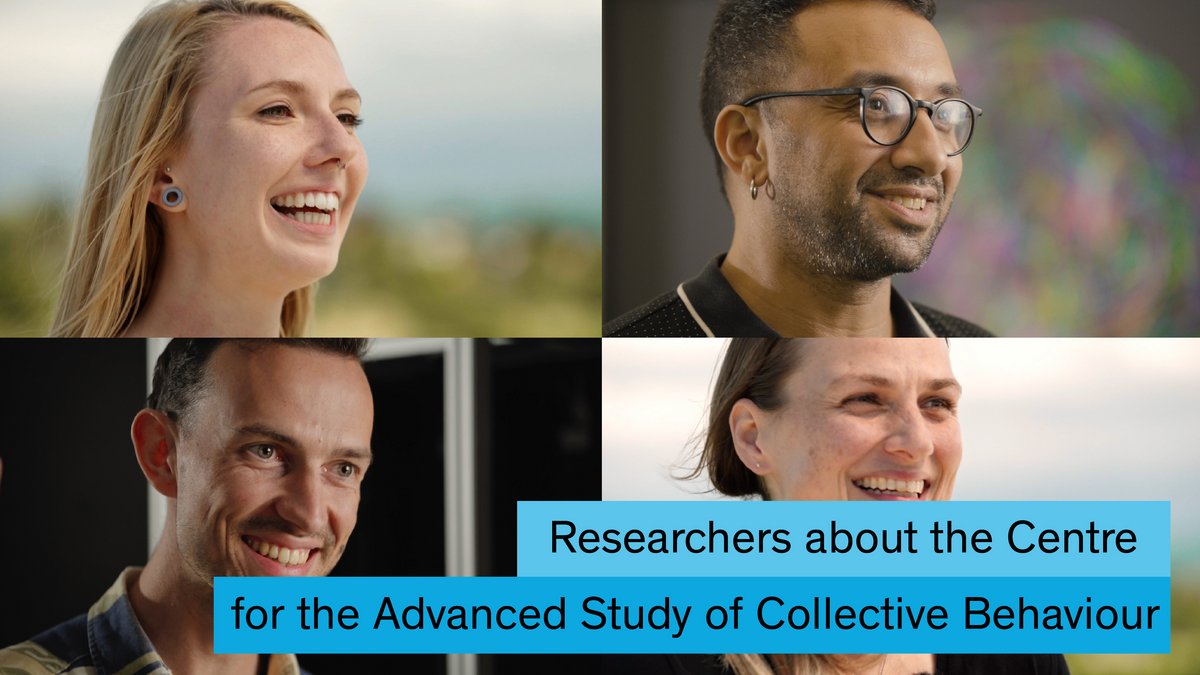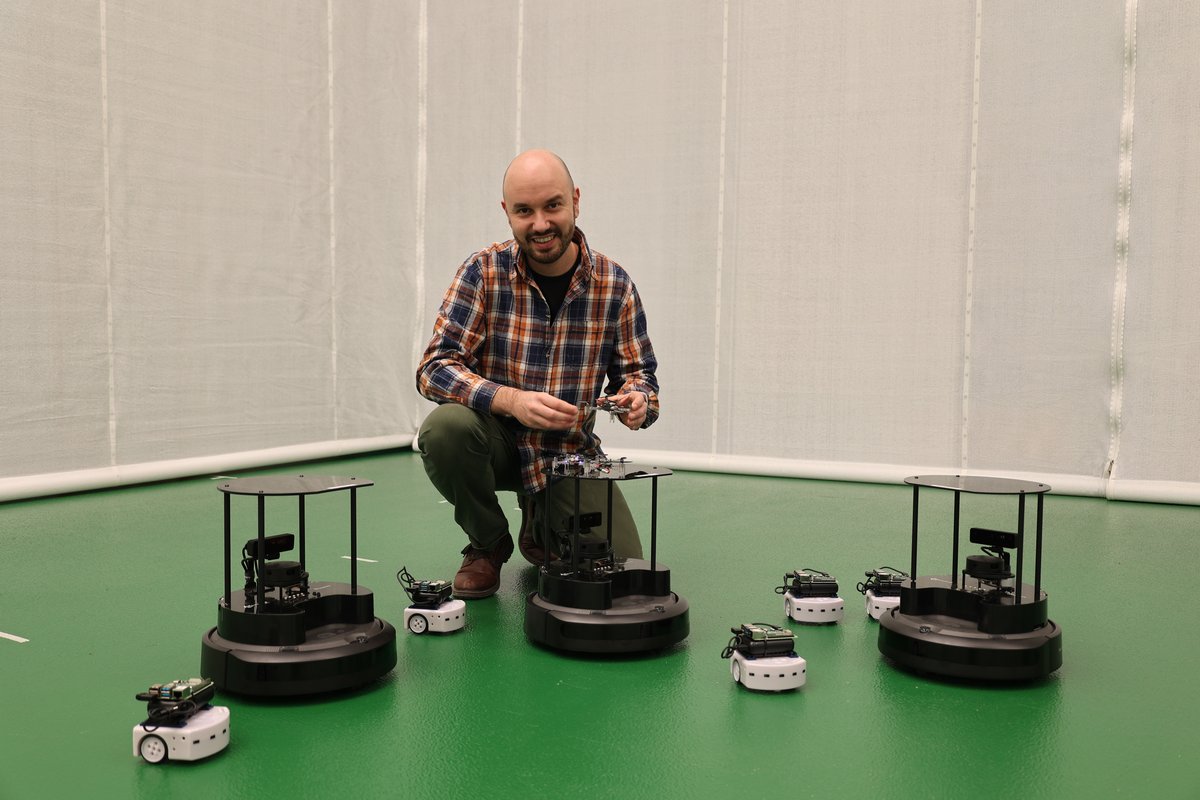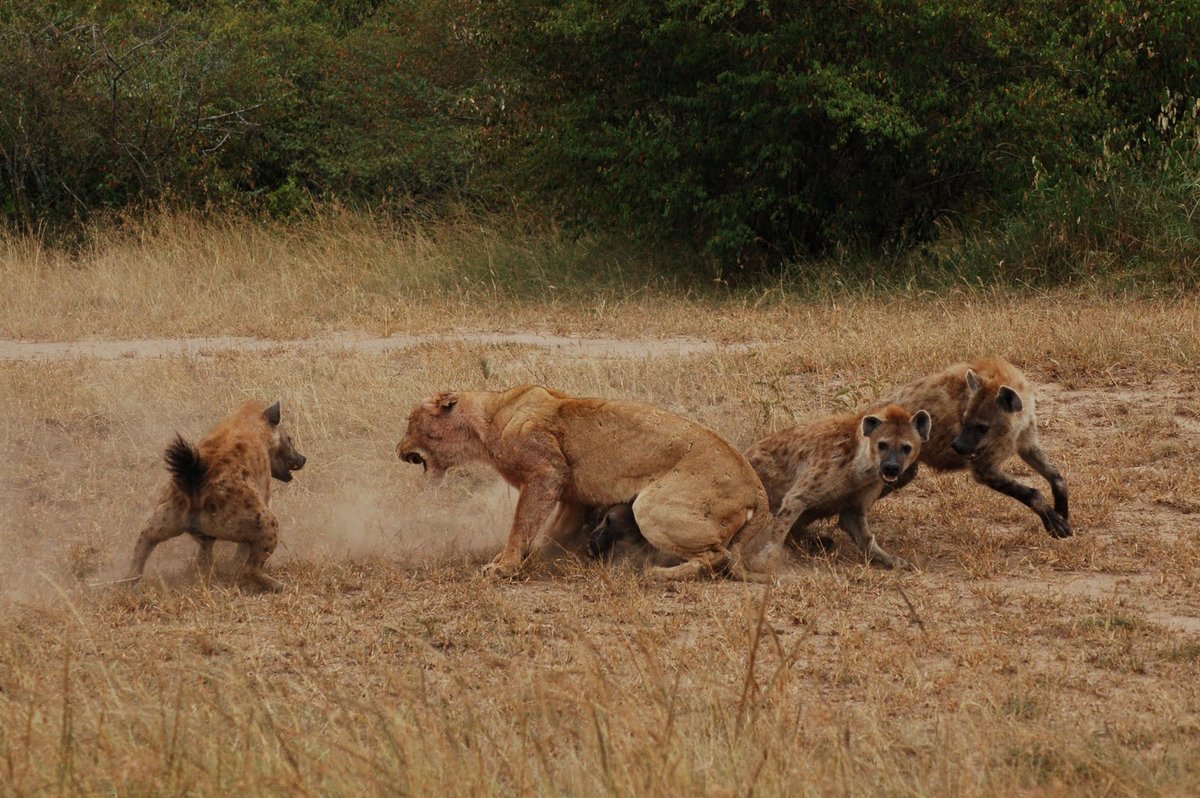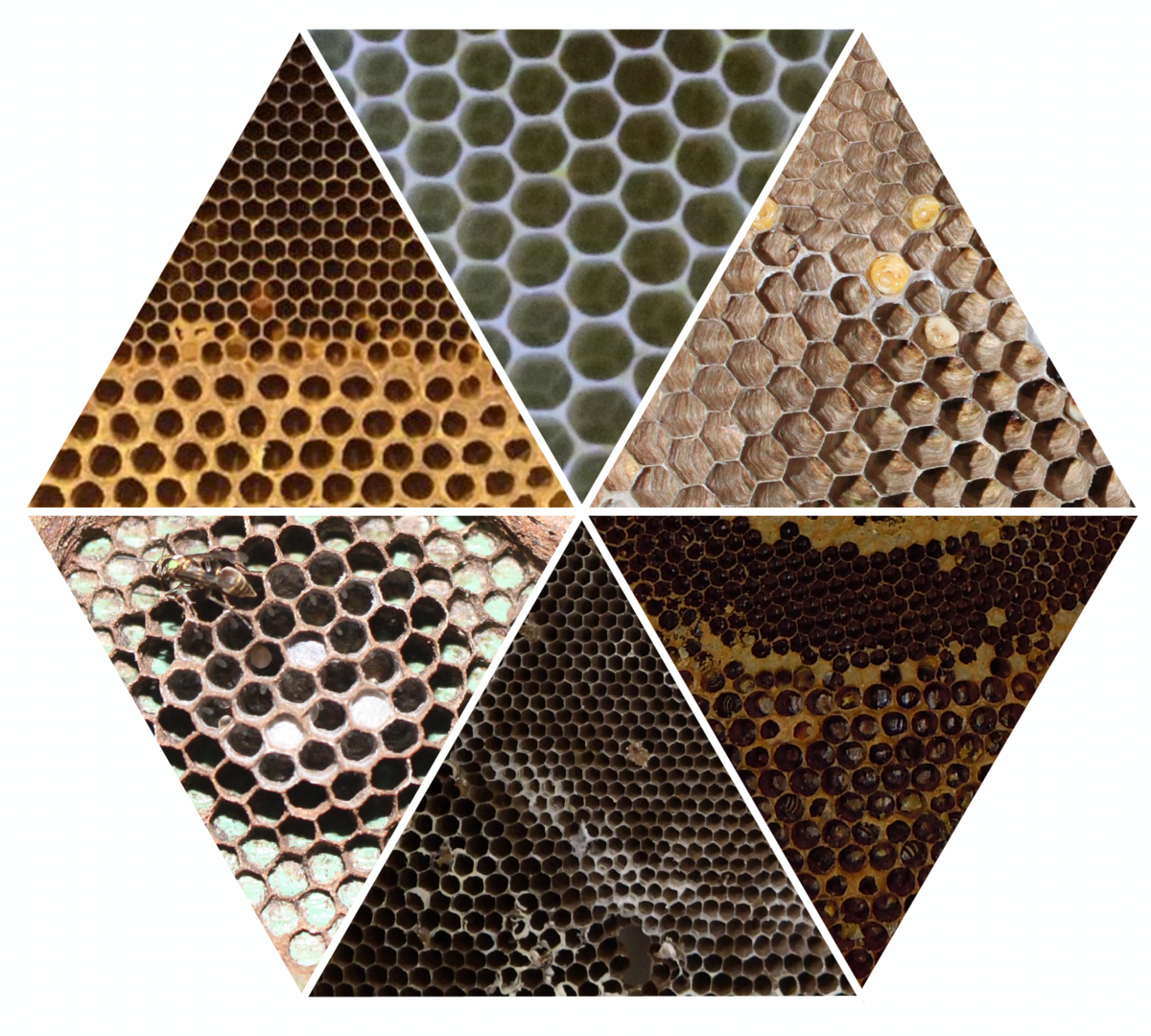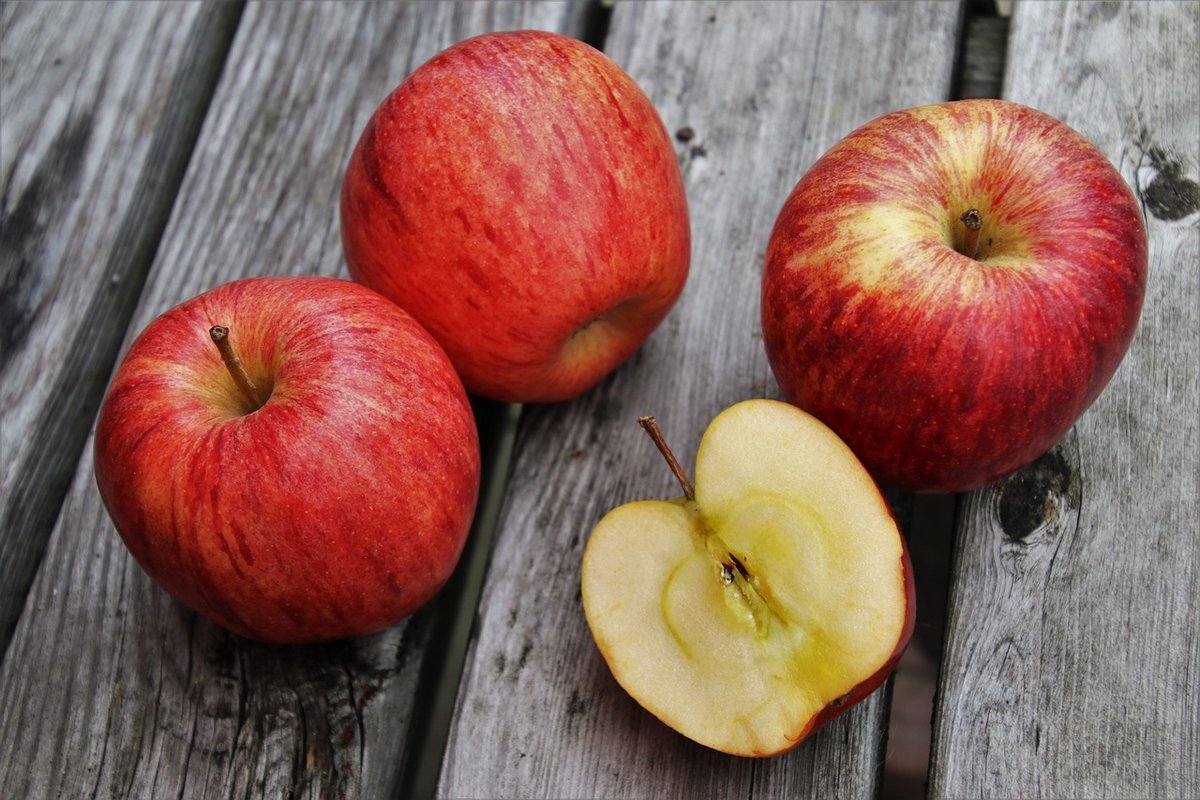
New ZENiT Fellowship Programme from the ZUkunftskolleg - three fellows from the CASCB
The Zukunftskolleg startet a new fellowship programme, the ZENiT Fellowship Programme. ZENiT stands for Zukunftskolleg Exchange Network: interdisciplinary Talent. Three of the succesfil candidates are members of the Cluster of Excellence Collective Behaviour.
Read more
